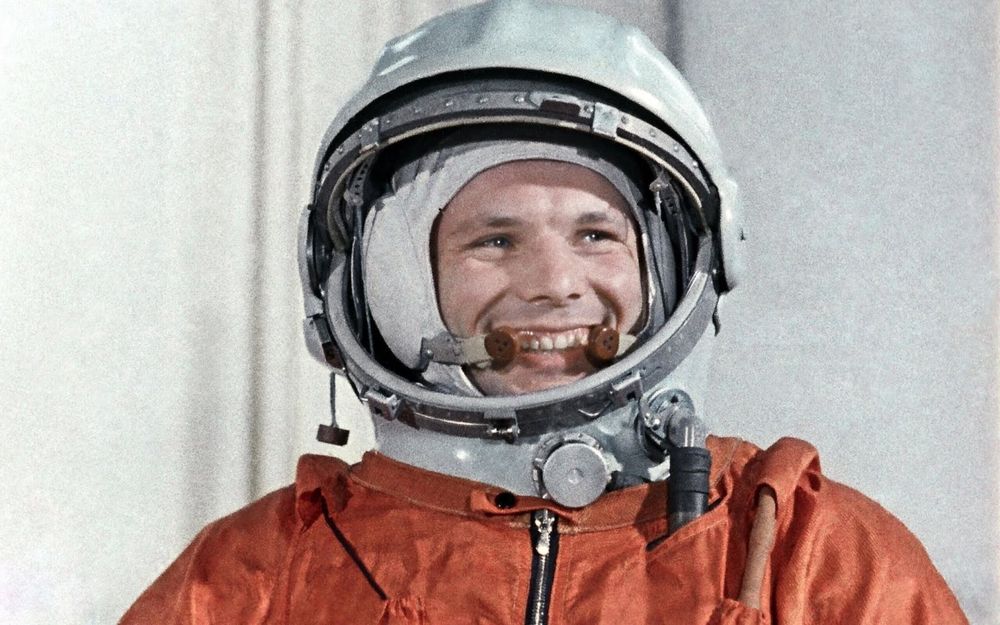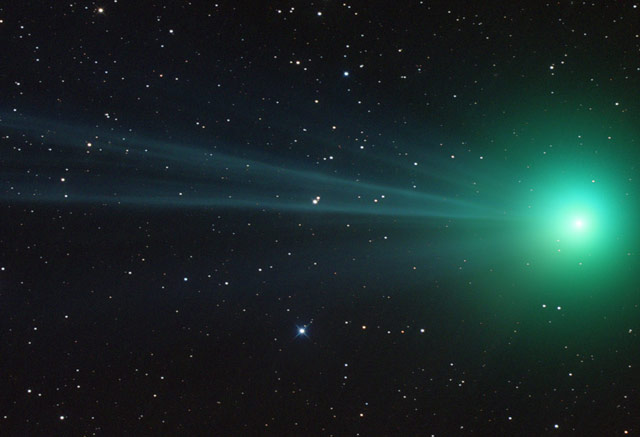Hi everybody
Here's the latest article from the Astronomy site at BellaOnline.com.
Space Missions - Quiz
Space missions have taken us to the Sun and the Moon, asteroids and comets, planets, dwarf planets and moons, and looked beyond the Solar System. There have been so many missions it's hard to keep them straight. Can you match these descriptions with the missions?
http://www.bellaonline.com/articles/art303920.asp
*Anniversaries*
(1) February 11, 2012: NASA's Solar Dynamics Observatory (SDO) was launched. The SDO observes the Sun in order to understand the ways in which it affects the Earth, such as space weather.
(2) February 12, 2001: NASA's NEAR Shoemaker spacecraft landed on the asteroid 433 Eros. NEAR (Near Earth Asteroid Rendezvous) was the first spacecraft to make a soft landing on an asteroid.
(3) February 14, 1990: NASA's Voyager 1 took the Family Portrait, looking inward from 6 billion km away. Earth is only a pixel, christened by Carl Sagan "the pale blue dot". More about Voyager 1: http://www.bellaonline.com/articles/art182154.asp
(4) February 15, 1973: Pioneer 10 was the first ever spacecraft to cross the asteroid belt. Launched in 1972, Pioneer 10 is now nearly three times as far away from the Sun as Pluto is.
(5) February 15, 2013: a meteor explosion occurred over Chelyabinsk in Russia causing around 1500 injuries. The meteoroid was about 20 meters across with a mass of 12,000–13,000 metric tonnes. Fortunately, the explosion occurred high in the atmosphere and the atmosphere absorbed much of the energy. However the shock waves caused a lot of damage and many of the injuries were from flying glass.
(6) February 16, 1948: Gerard Kuiper discovered Miranda, a moon of Uranus.
(7) February 18, 1930 – Clyde Tombaugh discovered Pluto. It was considered to be the ninth planet for many years, but is now classified as a dwarf planet. More about Pluto: http://www.bellaonline.com/articles/art34315.asp
*Birth anniversaries*
(1) February 13, 1852: Johan Dreyer was born in Copenhagen. He was a prominent astronomer and writer. Born in Denmark, he later became a British citizen. Dreyer is best remembered for his New General Catalogue of Nebulae and Clusters of Stars (based on the Herschel catalogues of nebulae). The catalogue numbers are still in use, prefixed by NGC.
(2) February 15, 1564: Galileo Galilei was born in Pisa, Italy. Galileo was one of the first to use a telescope to observe the heavens. He's known for his work in physics, astronomical discoveries, and, of course, his getting in trouble with the Church.
(3) February 19, 1473: – Nicolaus Copernicus was born. His work De revolutionibus orbium coelestium (On the Revolutions of the Celestial Spheres) set out his arguments for a heliocentric (sun-centered) system instead of a geocentric (Earth-centered) system. More about Copernicus: http://forums.bellaonline.com/ubbthreads.php/topics/747116/Copernicus_-_His_Life#Post747116
Please visit http://astronomy.bellaonline.com/Site.asp for even more great content about Astronomy. I hope to hear from you sometime soon, either in the forum http://forums.bellaonline.com/ubbthreads.php/forums/323/1/Astronomy or in response to this email message. I welcome your feedback!
Do pass this message along to family and friends who might also be interested. Remember it's free and without obligation. I wish you clear skies.
Mona Evans, Astronomy Editor
http://astronomy.bellaonline.com
.
astronomy Newsletter








